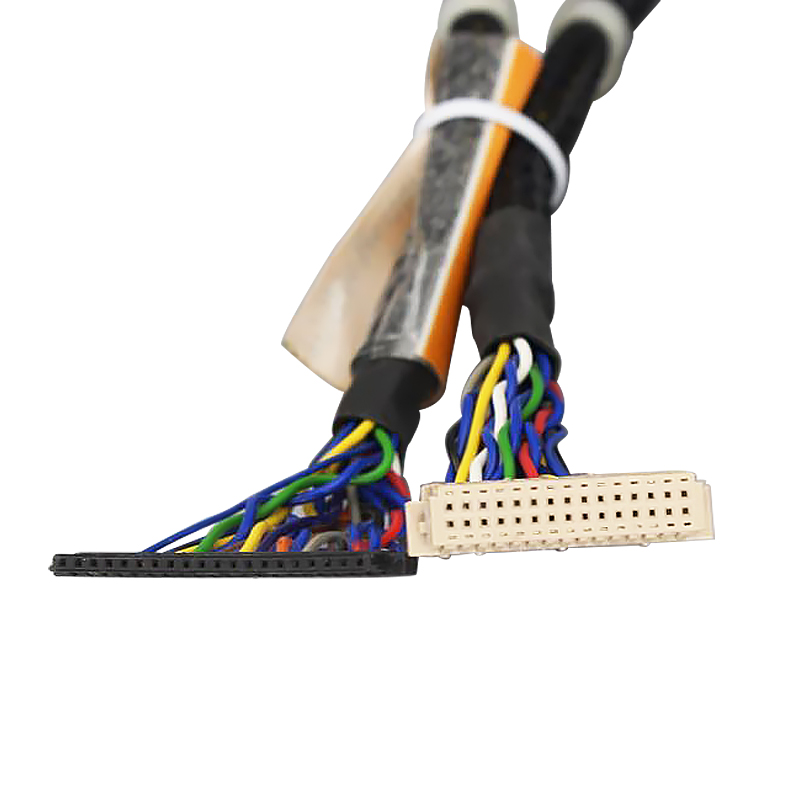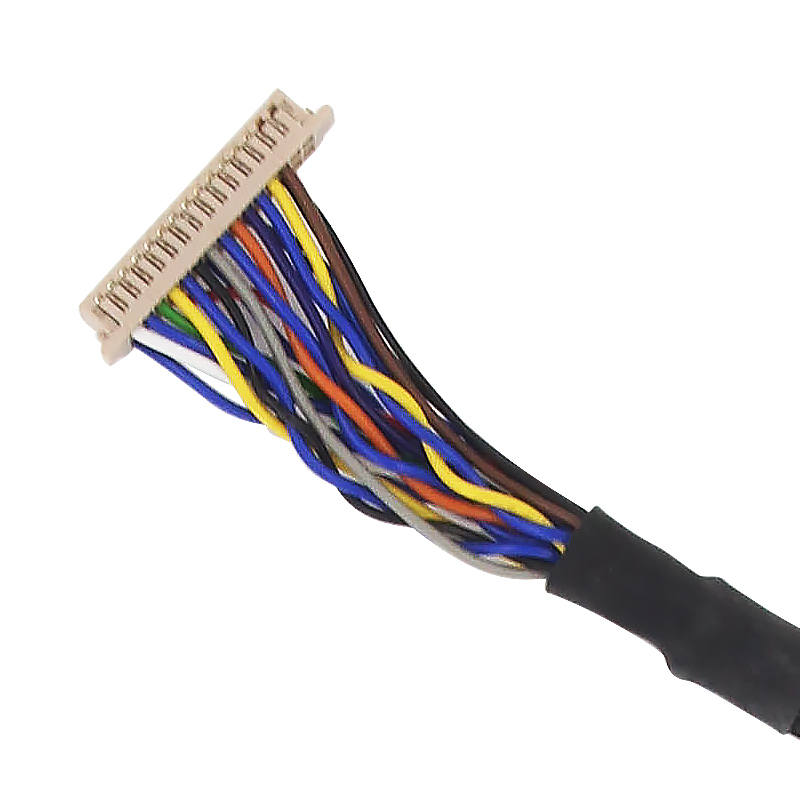¿Cuáles son las características del cable LVDS para automóviles?
This browser does not support the video element.
Nowadays, with the continuous increase of safety and auxiliary electronic equipment integrated in the automobile, the demand for high-speed interconnection in the automotive field is also growing rapidly, mainly focusing on video display systems for driving support, in vehicle entertainment systems, etc. These applications require high-speed data transmission to meet the requirements of image transmission. It is the growth of these demands that drives the application of LVDS automotive cables in these fields. LVDS is very suitable for automotive applications because it has great advantages in transmission speed, power consumption, anti noise, EMI and so on.

Characteristics of LVDS automobile cable:
1. High speed transmission capability. In the LVDS standard defined in ans/eia/eia-64, the theoretical limit rate is 1.923gbps. The constant current source mode and low swing output mode determine that LVDS automotive cables have high-speed driving ability.
2. Low power consumption. LVDS devices are realized by CMOS technology, and CMOS can provide low static power consumption; When the driving current of the constant current source is 3.5ma, the power consumption of the load (100 Ω terminal matching) is only 1.225mw; The power consumption of LVDS is constant, unlike the dynamic power consumption of CMOS transceivers, which increases with respect to frequency. The drive design of constant current source mode reduces the power consumption of the system and greatly reduces the influence of frequency components on power consumption. Although the power consumption of CMOS is smaller than that of LVDS when the speed is low, with the increase of frequency, the power consumption of CMOS will gradually increase, which needs to consume more power than LVDS car cable. Generally, when the frequency is equal to 200MSPS, the power consumption of LVDS and CMOS is roughly the same.
3. The power supply voltage is low. With the development of integrated circuits and the requirement of higher data rate, low-voltage power supply has become an urgent need. Reducing the supply voltage not only reduces the power consumption of high-density integrated circuits, but also reduces the heat dissipation pressure inside the chip, which helps to improve the integration. The driver and receiver of LVDS automotive cable do not depend on specific power supply voltage characteristics, which determines that it occupies the peak in this regard.
4. Strong anti noise ability. The inherent advantage of differential signal is that the noise is coupled on a pair of differential lines in the form of common mode and subtracted in the receiver, so the noise can be eliminated. Therefore, LVDS automotive cable has strong resistance to common mode noise.
5. Effectively suppress electromagnetic interference. Due to the opposite polarity of differential signals, the electromagnetic fields radiated by them can offset each other. The closer the coupling is, the less electromagnetic energy will be released to the outside world, that is, EMI will be reduced.
6. Precise timing positioning. Because the switch change of the differential signal is located at the intersection of the two signals. Unlike ordinary single ended signals, which rely on high and low threshold voltages, they are less affected by process and temperature, which can reduce the timing error and facilitate the effective transmission of high-speed digital signals.
